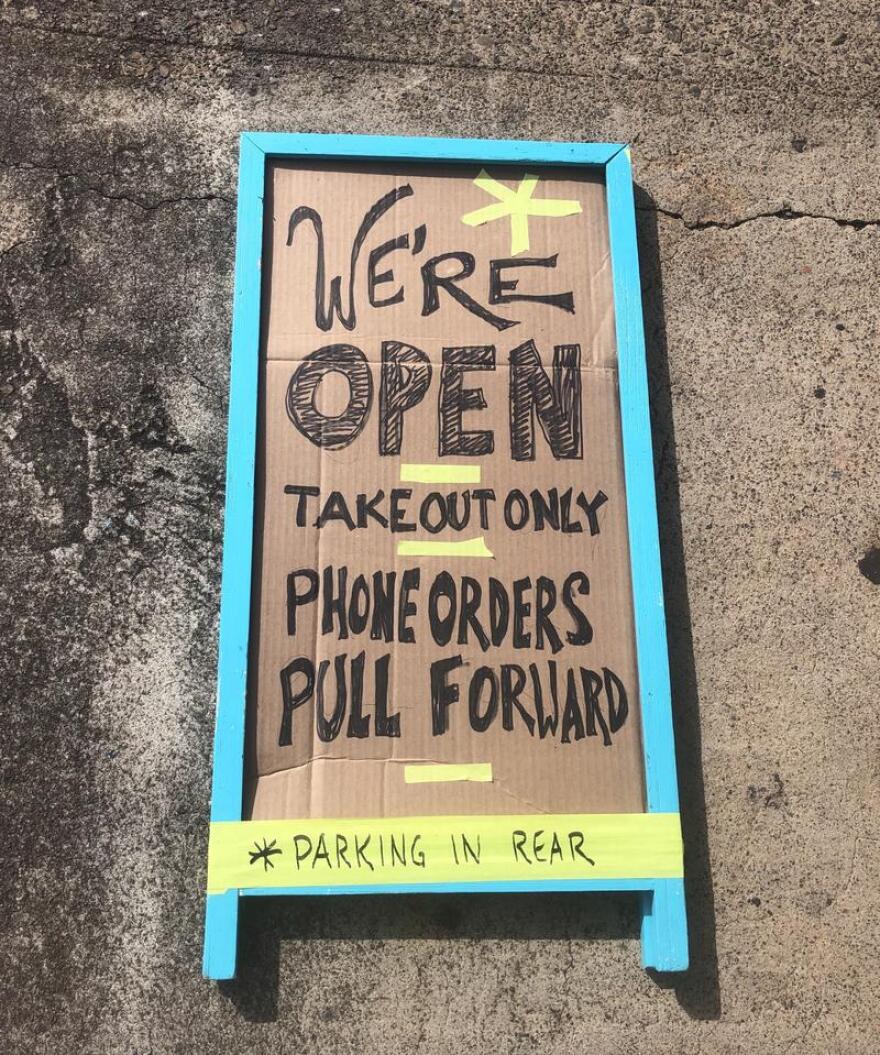As congressional negotiations for additional pandemic assistance drag on, advocates are arguing for a different approach to small business assistance that offers more flexibility.
Business leaders are warning that, without further help from Washington, the U.S. economy will soon face a wave of permanent business closures and job losses.
Republicans and Democrats in Congress remain deadlocked over providing more funding to help Americans deal with the impacts of the coronavirus pandemic. While much of the debate is focused on whether to maintain supplemental unemployment benefits and provide more money to state and local governments, additional aid to small businesses is also under consideration.
The last round of federal pandemic relief, known as the CARES Act, dumped $2 trillion into the U.S. economy. Much of that went toward supplementing state unemployment benefits by an additional $600 per week, sending $1,200 stimulus checks to individuals nationwide, and providing grants for cities and states to meet unexpected expenses associated with the pandemic.
The CARES Act also funded billions of dollars in emergency loans for businesses and nonprofits rocked by government-ordered closures and steep declines in consumer demand. The Paycheck Protection Program, or PPP as it is known, offered forgivable loans to eligible companies, which were incentivized to use the funds to cover payroll expenses and keep workers employed.
Hawaii businesses received more than $2 billion from PPP. Across the country, PPP is credited with saving up to 3 million jobs that would have otherwise been cut and further protecting as many as 50 million jobs. But now, some experts are calling for sweeping changes to the program if a second round of assistance is approved.
John Lettieri, president and CEO of the bipartisan think tank Economic Innovation Group, describes PPP as a “stop-gap” measure, designed for a short-term crisis.
When PPP was rushed into existence in March, hopes were high that the COVID-19 recession would be a short-lived crisis. Six months later, that was clearly wishful thinking. Lettieri says small business assistance now needs to be long-term focused and give business owners the flexibility to use the money where they need it most.
“The goal of additional relief has to be to make businesses survivable and resilient in that context, and PPP is not well designed to do that,” Lettieri says.
Lettieri and EIG argue that what businesses now need are long term, low interest loans that would be federally guaranteed and flexible in their terms of use.
Specifically, EIG takes issue with a provision of PPP that limits the funds to covering a company’s payroll expenses or risk not having the loan forgiven.
Payroll, Lettieri argues, is not the most crippling expense facing businesses over a protracted crisis that includes dramatically reduced consumer demand. The more pressing expenses are fixed-operating costs, particularly debt payments that have to be met regardless of a firm’s output.
“We have to make them more resilient,” Lettieri says of businesses. “Improve their balance sheets, offset fixed operating costs, and do the kind of things that make them enable to survive in a low demand, high disruption environment.”
He also argues that the next round of business assistance should cover up to several years of operating expenses, giving operators more certainty. PPP only provided eight weeks of expenses, the majority of which had to fund payroll.
Advocates of the EIG proposal also cite its lower overall cost to the government. Because PPP loans, if forgiven, function as grants from the federal government, the program is very expensive for taxpayers. However, loans, even those without interest, would ultimately be repaid by the borrower, lessening the long term burden on taxpayers.
A bill known as the RESTART Act aims to enact something similar to the EIG proposal. It is currently under consideration in Congress and, in principle has the support of Florida Republican Sen. Marco Rubio, chair of the Senate Small Business Committee. The exact terms are still being worked out.
Congress is also debating more funds for PPP loans. Adam Ozimek, chief economist at the freelancing website UpWork, says that rather than trying to help workers and businesses with a single program like PPP, Congress should consider multiple, more tailored approaches.
“It’s really tough to prevent a wave of massive business failures, and to do that while at the same time bail out all the workers is a really tough bank shot that I just don’t think any single policy, especially in this country, is up to,” Ozimek said.
In Europe, several governments have opted to directly pay up to 85% of the salaries of workers at threatened firms. The program is similar in aim to PPP, but without the loan terms. It has also notably lacked the administrative issues that plagued PPP in its early weeks.
Ozimek doubts that the European approach of sustained, direct cash payments from the government would be politically tenable in the United States. He suggests continuing the more generous unemployment benefits begun under the CARES Act as a better prescription for helping workers, while also implementing a long-term loan program for business operators.



